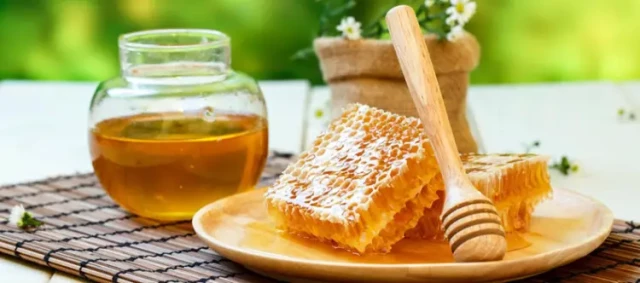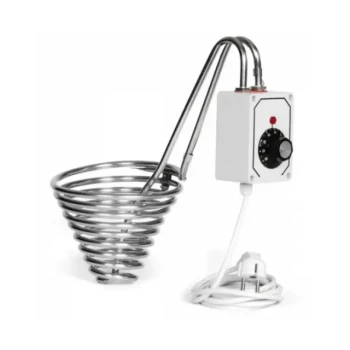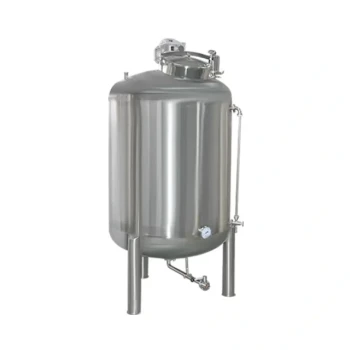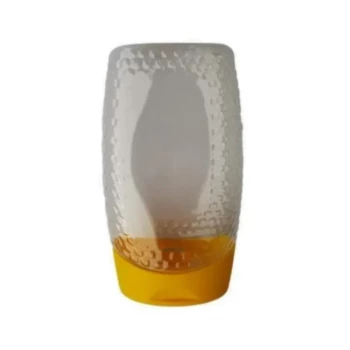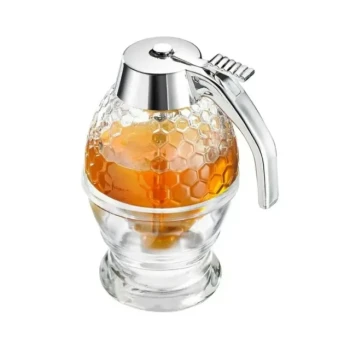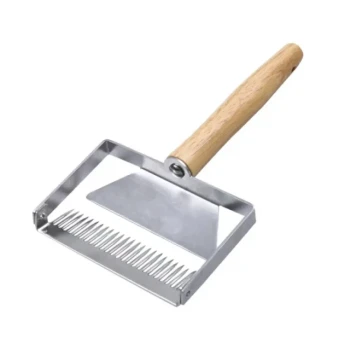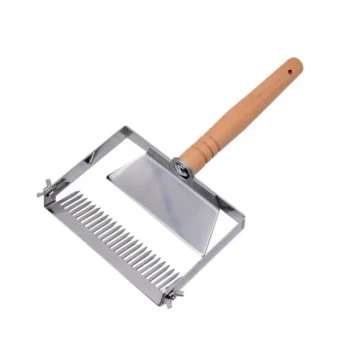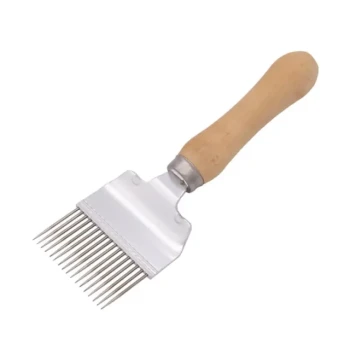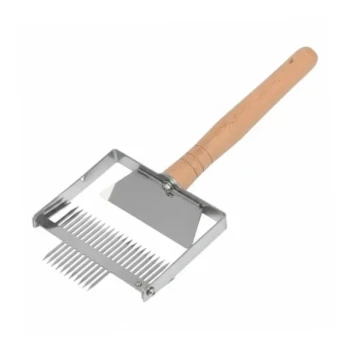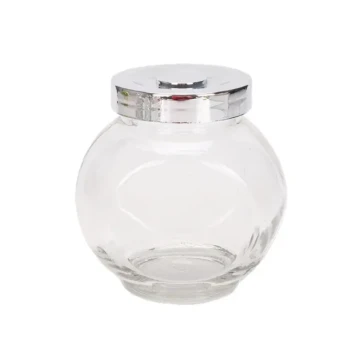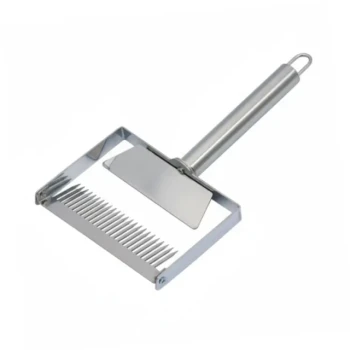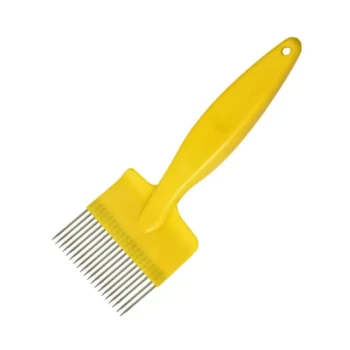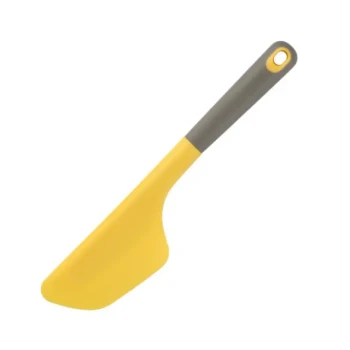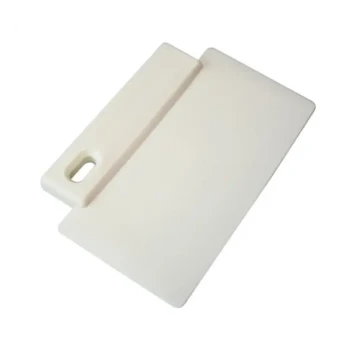Honey crystallization is a natural process, but when it occurs in Flow Hives, it can disrupt harvesting efficiency. This guide explores proactive strategies to minimize crystallization risks and reactive solutions to restore frame functionality—ensuring your Flow Hive operates at peak performance year-round.
Understanding Honey Crystallization in Flow Hives
Why Flow Frames Are Susceptible to Crystallization
Honey crystallizes when glucose molecules form solid crystals, influenced by:
- Sugar composition: Honeys with higher glucose content (e.g., clover, canola) crystallize faster.
- Temperature: Storage between 10°C and 18°C accelerates crystallization (reference: honey chemistry studies).
Flow Frames’ design—while reducing comb damage during harvest—can trap residual honey in channels, creating micro-environments prone to crystallization if not managed.
The Impact on Harvesting Mechanics
Crystallized honey:
- Blocks Flow Frames: Inhibits the "tap-and-drain" mechanism, requiring manual intervention.
- Delays bee cleanup: Bees repair crystallized cells slower, delaying future harvests.
Key insight: Crystallization isn’t a flaw but a manageable variable. Proactive beekeepers optimize conditions to slow its onset.
Proactive Beekeeping Strategies
Optimal Hive Placement for Temperature Control
- Sun exposure: Position hives for morning sun to maintain internal temperatures above 18°C in cooler months.
- Insulation: Use hive wraps in winter to stabilize temperatures, reducing crystallization triggers.
Honey Variety Selection Criteria
Plant sources matter:
- Low-crystallization honeys: Acacia, tupelo, or blackberry (higher fructose content).
- Fast-crystallizing honeys: Avoid large-scale planting of clover or canola near apiaries if ease of harvest is a priority.
Tip: Diversify floral sources to balance harvestability and flavor profiles.
Effective Crisis Management
Step-by-Step Frame Revitalization Protocol
- Warmth application: Use a heat gun (held 12+ inches away) or place frames in a sunny, sheltered area to gently liquefy crystals.
- Bee-assisted cleanup: Reinstall partially cleared frames; bees will redistribute residual honey.
- Manual clearing: For severe cases, rinse frames with warm water (not hot), then let bees dry and repair.
When to Involve Bees vs. Manual Intervention
- Bees preferred: For minor crystallization (≤30% of frame volume).
- Manual needed: If harvesting is imminent or crystallization blocks >50% of channels.
Caution: Avoid overheating frames, which can warp plastic components.
Case Studies & Expert Insights
Commercial Beekeeper’s Seasonal Management Routine
- Spring/summer: Prioritize low-glucose nectar flows.
- Fall/winter: Harvest early and store frames in climate-controlled spaces (~20°C).
Flow Hive Designer’s Maintenance Recommendations
- Post-harvest: Leave frames slightly angled to encourage residual honey drainage.
- Annual checks: Inspect frames for crystallization hotspots before winter storage.
Keep Your Flow Hive Flowing with HONESTBEE
Crystallization doesn’t have to disrupt your harvests. By combining science-backed prevention with practical interventions, you’ll maximize Flow Hive efficiency—and honey yields.
For commercial apiaries and distributors, HONESTBEE’s wholesale beekeeping supplies offer durable solutions tailored to large-scale operations. Equip your apiary with tools designed for productivity—because every drop counts.
Did you know? Bees repair crystallized comb 40% faster in Flow Frames versus traditional hives (reference: Flow Hive efficiency studies).
Visual Guide
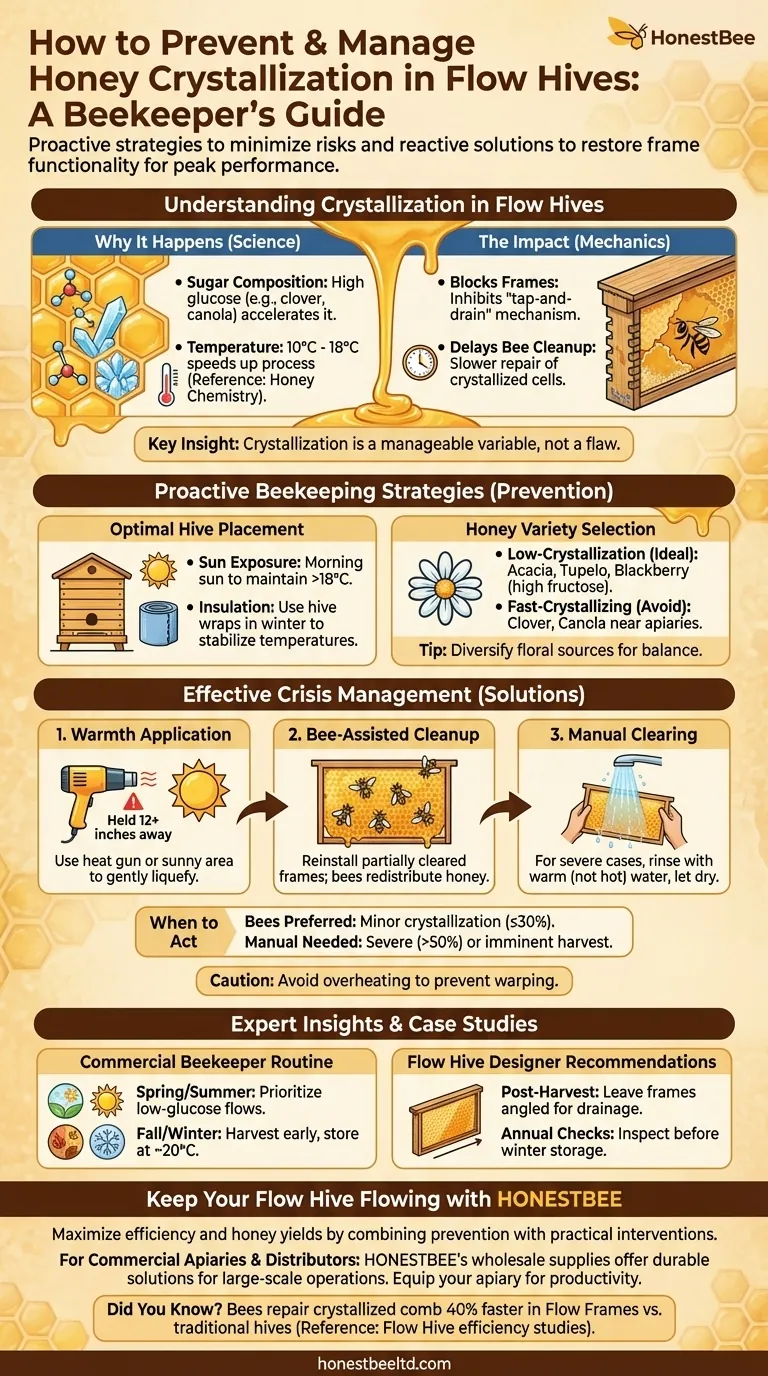
Related Products
- Professional Thermostatic Conical Honey Melter
- Professional Honey Storage Tank with Agitation System
- Stainless Steel Honey Press Wax Press with Tank
- 10L Stainless Steel Electric Honey Press Machine
- Stainless Steel Manual Honey Press with Guard for Pressing Honey and Wax
Related Articles
- How Honey Heating Tanks Preserve Quality and Efficiency in Modern Beekeeping
- How to Clean Your Honey Extractor Safely Without Compromising Honey Quality
- How Honey Processing Affects Nutrition: Science-Backed Insights for Healthier Choices
- How Bee Behavior and Weather Dictate Optimal Honey Harvest Times
- Centrifugal Extractors vs. Honey Presses: Choosing the Right Tool for Your Beekeeping Goals
